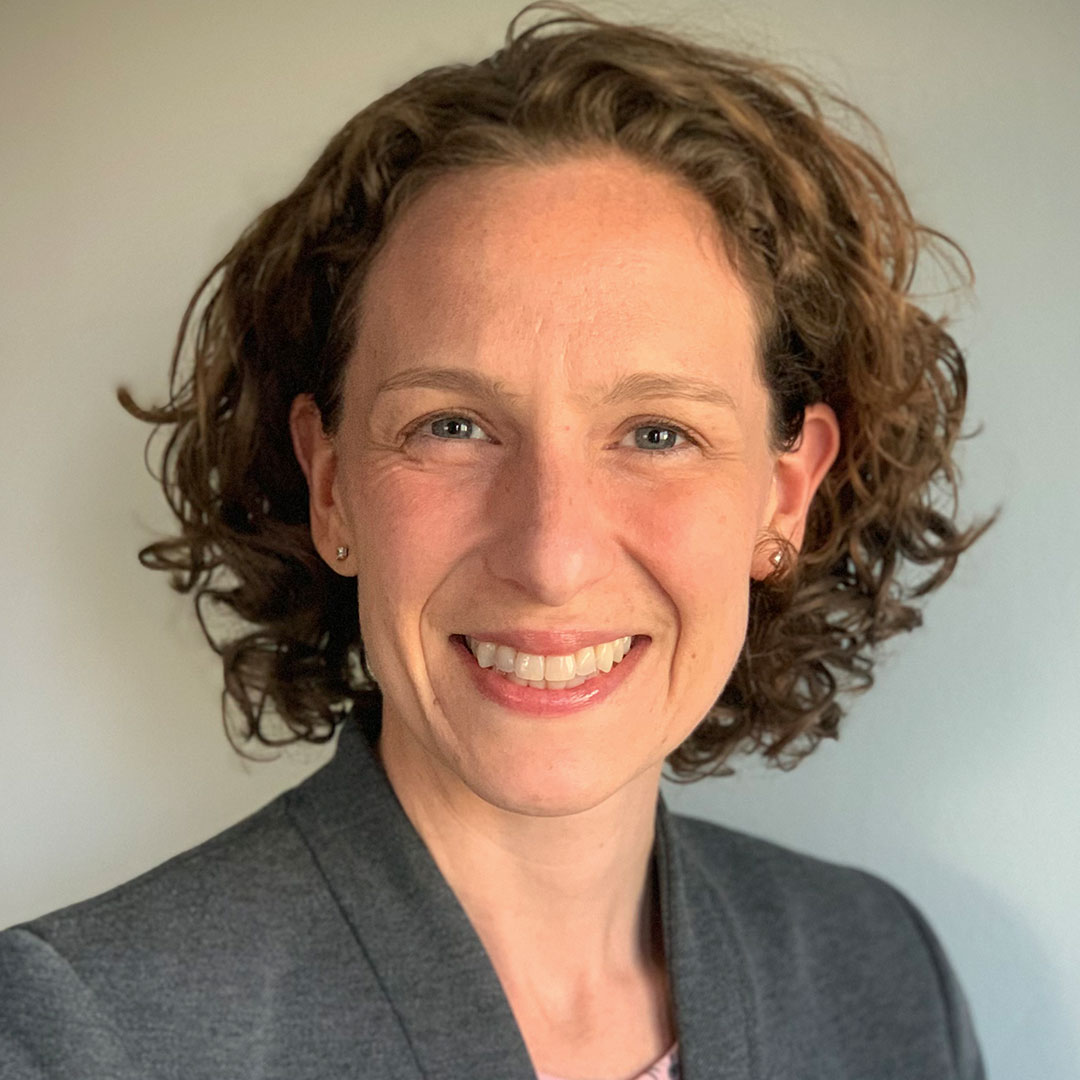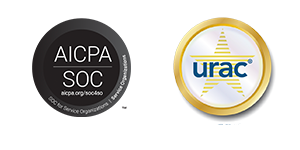Table of Contents
The spread of health misinformation, whether intentionally or unintentionally, can have serious consequences. Unfortunately, misleading and false information often spreads like wildfire online. One study found that falsehoods are 70% more likely to be retweeted on Twitter than the truth, and reach their first 1,500 people six times faster. The challenge for young people on college campuses is the influence and reliance on peer networks, social media, and other potentially unreliable sources of information. This is why it’s critical that colleges and universities have a plan in place to share reliable health information with students, as well as collaborative strategies for combating misinformation when it occurs.
Confronting misinformation in the U.S. during the COVID-19 pandemic
In 2021, the U.S. Surgeon General Dr. Vivek Murthy released an advisory called “Confronting Health Misinformation.” The purpose of the advisory was to immediately increase the awareness of the significant public health issue that misinformation became in the wake of the COVID-19 pandemic. The spread of health misinformation occurred rapidly early in the coronavirus pandemic when information about COVID-19 was sparse. But, the desire for clear guidance was paramount, and the scientific community worked quickly to release reliable information on COVID-19 precautions. However, the varied approach and political climate caused mistrust that further contributed to the spread and acceptance of misinformation by the public.
According to the advisory, there are specific steps that individuals, communities, and organizations can take to stop the spread of health misinformation. This enables reliable factual health information to be found and used to inform health decisions that can influence positive health outcomes. The spread of health misinformation typically stems from unreliable sources or the misunderstanding of good information. College and university campuses have the opportunity to take a leadership position and educate the community on how to assess, share, and utilize information that is factual, accurate, and reliable.
Individuals who are exposed to factual health information are more likely to make healthy choices and have positive health outcomes in the short and long term. Having a strong communication infrastructure and strategy allows higher education institutions to establish trust among community members and be reliable sources of health information. Doing so not only assists with policy compliance and pro-health choices, but also has a ripple effect on the families, friends, and other institutions and communities that employees belong to away from campus.
How to identify health misinformation
Health “misinformation” is “information that is false, inaccurate or misleading according to the best available evidence at the time.” The intentional spread of misinformation for political or monetary gain is referred to as “disinformation.” Misinformation typically spreads from individuals who are not aware that the information is false or misleading. Often, those who believe the misinformation are under the impression that they are helping others by sharing what they think is useful, true information.
Health misinformation spreads for a variety of reasons. As noted, social media and click bait titles on the internet play a large part in how fast and what type of information is available and shared. Algorithms, engagement strategies, and incentives are ways social media platforms and search engines operate to connect people with information rapidly. However, these methods do not necessarily supply the public with vetted, credible, or accurate information. And as more people interact with information, the more that many sites populate and offer the same type of information. This perpetuates the dissemination of information—valid or not.
If you’ve seen health misinformation online, the U.S. Department of Health requests that you send them details on what you’ve seen.
How health misinformation impacts health and well-being
Health misinformation can cause confusion and lead individuals, families, communities, and organizations to make health-related decisions that can directly influence short- and long-term health outcomes. The impact of false beliefs about diseases and prevention strategies like vaccines can be seen around the world. Misinformation and false beliefs held about HIV/AIDS by policy makers in South Africa contributed to decreased access to treatment and preventable death. Misinformation has been associated with health choices related to vaccines, herbal supplements, and other behaviors that can influence both short- and long-term health and well-being risks.
A compounding effect can happen based on the amount of a person’s exposure to misinformation. Research on COVID-19 vaccine hesitancy revealed that the more misinformation a person was exposed to made them more likely to not be vaccinated against COVID-19. Immunization is a life saving public health approach to outbreak and disease prevention. In fact, research conducted in early 2021 estimates that nearly a quarter of a million COVID-19 related deaths were prevented through vaccination, and 1.2 million hospitalizations were avoided in the first six months of the year. Due to the correlation between vaccine misinformation and low vaccination rates, it is likely that those who experienced more exposure to COVID-19 misinformation were more likely to not be vaccinated and at higher risk of contracting COVID-19.
Keep students healthy and informed
The impact of health misinformation on college students
Similar to the general population, college students are at risk of being exposed to health misinformation. Due to the fact that health misinformation is easy to amplify on social media and other websites, college students may be more likely to be exposed to health misinformation due to their higher level of engagement and use of the internet and social platforms. Research on college student digital health literacy found that higher levels of digital health literacy among college students were correlated with better adoption of COVID-19 prevention strategies, such as mask-wearing and social distancing, along with vaccination willingness. Researchers concluded that college and university campuses have an opportunity to influence the long-term health outcomes of students and employees through education and training in health literacy and digital health literacy skills.
The ways that college campuses can combat health misinformation
The Surgeon General’s Advisory included a call to action for all educational settings to implement media, science, digital, data, and health literacy programs.
The Advisory recommended that educational institutions:
1. Strengthen and expand the use of evidence-based programs that educate and build resilience to health misinformation.
2. Increase knowledge of common tactics used to spread misinformation.
3. Measure knowledge gain and the impact of information literacy programs.
Best practices for students to navigate health misinformation
To assist with the three steps above, the Surgeon General’s Advisory included a Health Misinformation Toolkit to guide organizations, including college campuses, in the implementation of a health information awareness campaign. The toolkit includes a checklist of clear strategies to confirm the validity of health information and engage community members in positive health literacy practices.
The checklist encourages individuals to:
1. Compare information available from the CDC or local health departments to confirm that it’s credible information.
2. Ask a healthcare professional if they can confirm the information is correct.
3. Search for confirmation on a credible internet site.
4. Check the information source (i.e. if the information is on a website, what does the “about us” state?).
5. Avoid sharing any information you can’t confirm is factual, accurate, or from a credible source.
Campuses can utilize this toolkit, its strategies, and other tools, such as The CRAAP Test and The World Health Organization’s Infodemic Guide to promote health literacy and increase the adoption of healthy behaviors to improve well-being and compliance with precautions necessary to prevent the spread of infectious disease.
Benefits of accurate health information for college students
Often, college students are in a unique time in their lives as young adults. During this time, high-school-to-college transition students typically take on the management of their own health needs. This requires students to navigate a new set of influencers for their health and well-being, including their peers, faculty, mentors, and a campus community that has its own set of social norms. College students have varying levels of health literacy and digital health literacy. This gives colleges and universities the opportunity to guide, educate, and motivate students to adopt healthy behaviors and become independent decision-makers and advocates for their own health and the well-being of their communities. By providing accurate, reliable, and credible health information and educating students to be savvy consumers of information, higher education institutions can become trusted sources for health communication and positively influence student health now and in the future.
As students develop healthy behaviors based on factual health information provided and encouraged by their campuses, they will experience positive health outcomes in the short term that can significantly influence the likelihood of long-term health outcomes, such as illness prevention and long life expectancy. Not only are colleges and universities in the position to influence student success in the classroom, but campuses have the opportunity to help students obtain the knowledge and skills necessary to make decisions about their health and well-being.
This knowledge will influence the rest of students’ lives and the lives of the people closest to them. If you have questions about how to equip students with the health and well-being resources they need to thrive, TimelyCare is ready to help. Our virtual health care platform is designed to:
- Share reliable health information.
- Provide physical and mental health services.
- Educate students on how to thrive.
- Keep students healthy, engaged, and on track to graduation day.
Contact TimelyCare to get started and learn how to bring these virtual health services to your students.






